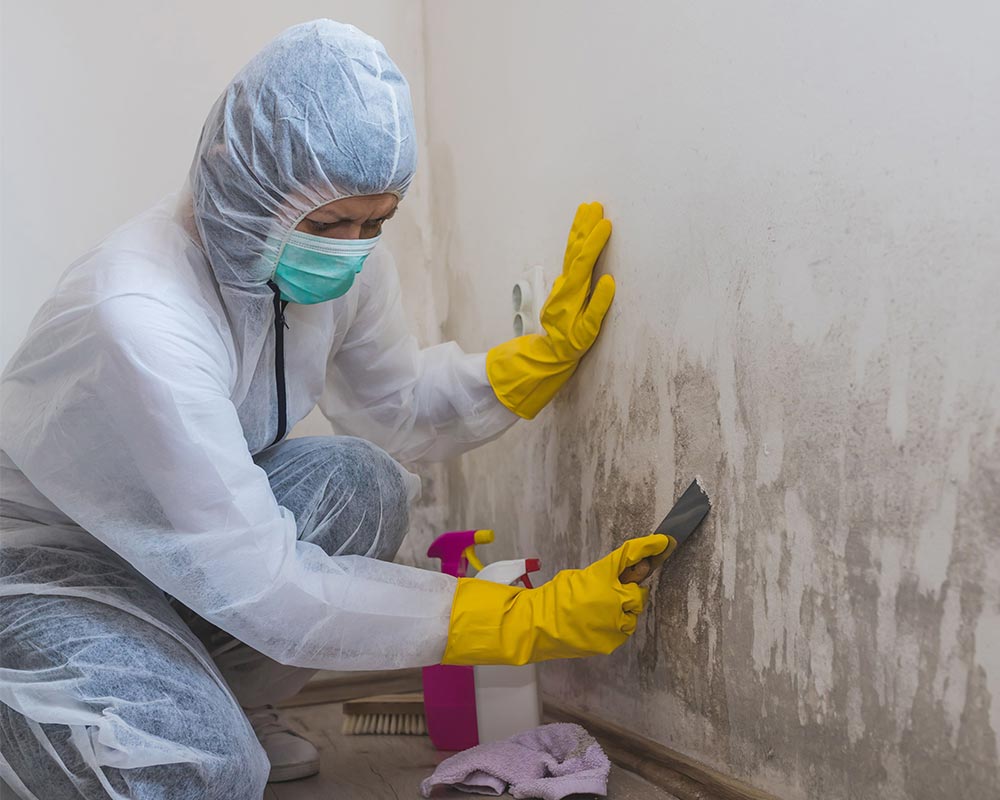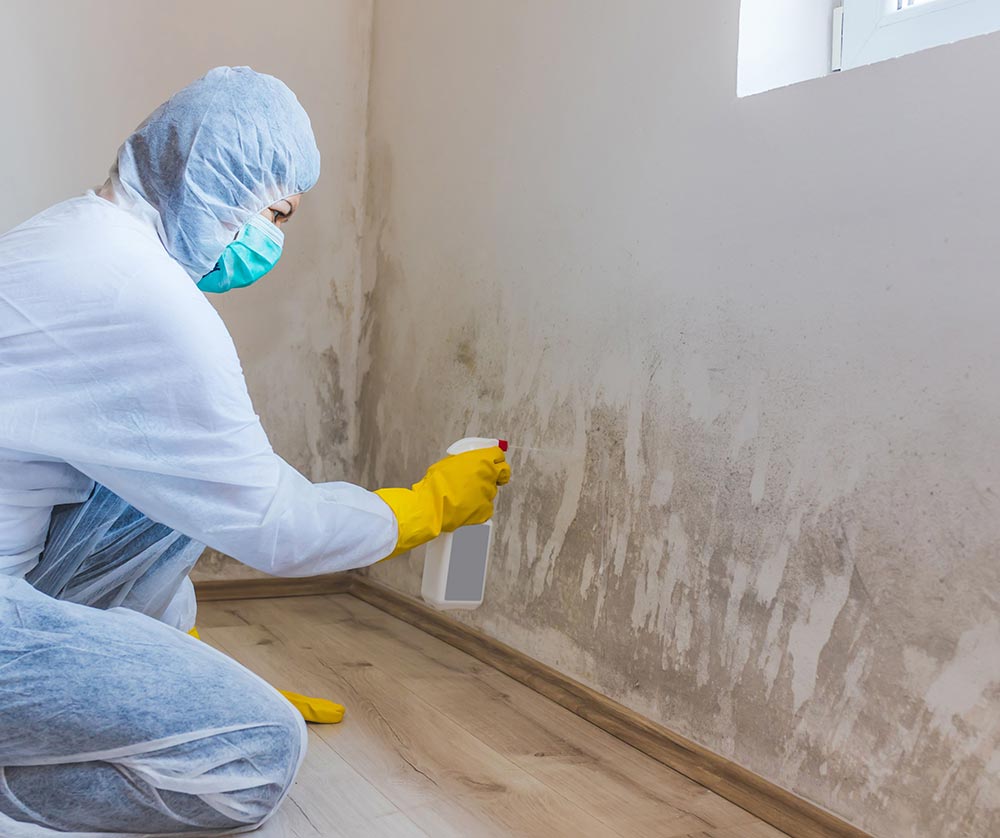You and your family spend more time in your home than anywhere else, so it’s important that the environment is mold-free. Our mold testing services give you the accurate results you need, giving you peace of mind.
Atlas Labs provides mold testing services in Oregon and Washington. Our experienced technicians provide friendly service and accurate results on mold testing for black mold (stachybotrys) and other common types of mold found in homes and businesses, including aspergillus, cladosporium, and penicillium.
Don’t take chances with mold – take control of the situation with fast and accurate mold testing by [company]. Call us today to schedule yours!
Our mold testing package includes one indoor air mold analysis, one outdoor air analysis, and one tape-lift mold analysis of your furnace. We perform daily testing in [city], but will gladly extend beyond these areas throughout Oregon and Washington if service is needed.
We use two types of tests:

Mold can lurk unseen, silently harming the air quality in your home. Some experience the negative effects of mold more severely than others. If you’ve dealt with unexplained symptoms like nasal stuffiness, throat irritation, coughing or wheezing, eye irritation, or, in some cases, skin irritation, it’s worth getting professional mold testing.
People who are sensitive or allergic to mold, are immunocompromised, or have chronic lung issues may want to consider routine mold testing, and are advised to avoid areas likely to harbor levels of mold spores, like compost piles, cut grass, and wooded areas.
There are many additional benefits of mold testing in your home or business, including:

Mold in the home can be dangerous to anyone, but it’s more dangerous for some than others. For kids, the elderly, and vulnerable populations such as people with a preexisting medical condition, it can be extremely dangerous. And the longer it remains in your home, the more dangerous it becomes.
In people with asthma, moldy environments can trigger asthma symptoms. In children, mold exposure has been linked to the development of asthma. In 2004, the Institute of Medicine found sufficient evidence to link exposure to damp indoor environments to many conditions in people who were otherwise healthy, including:
To deter mold growth, it’s important to maintain a clean, dry, and sanitary home. We recommend the following:
The simple fact of the matter is that mold in your home can spell discomfort and danger for each member of your family. As a microorganism, mold can infiltrate your property and propagate to dangerous levels. By utilizing sophisticated technology and thorough testing procedures, we can provide an upfront, in-depth analysis of your home and the presence of mold.
Our reports can also inform you of potential threats and what you can do to address them.
Don’t compromise the health and safety of your family. Schedule an inspection with our team and get the right information.
[company] proudly serves property owners throughout the Portland metro area, Salem, OR, and Southwest Washington. Call us today to get started.
Please note: We do not provide mold remediation services at this time. We are an environmental testing company that specializes in providing fast and accurate results for mold testing, lead testing, asbestos testing, and indoor air quality testing.

In 2004, the Institute of Medicine (IOM) found there was sufficient evidence to link indoor exposure to mold with upper respiratory tract symptoms, cough, and wheeze in otherwise healthy people; with asthma symptoms in people with asthma; and with hypersensitivity pneumonitis in individuals susceptible to that immune-mediated condition. The IOM also found limited or suggestive evidence linking indoor mold exposure and respiratory illness in otherwise healthy children.
Mold Testing Package includes one indoor air analysis, one outdoor air analysis & one tape lift analysis of your furnace.
No. We only offer mold testing. At this time, we do not offer mold inspections, mold protocol, recommendations for mold interpreters, or any kind of mold result interpretation.
Homes often harbor a mix of molds, including Cladosporium, Penicillium, Aspergillus, and Alternaria. These varieties thrive in damp, humid environments and can often be found on walls, ceilings, or around plumbing. Each type has its own characteristics, and while some are less harmful than others, all should be addressed promptly to maintain healthy indoor air quality.
Black mold, often referred to as Stachybotrys chartarum, has gained a reputation for being particularly dangerous. While it can produce mycotoxins that are harmful, it’s important to understand that not all black-colored molds are Stachybotrys, and the presence of any mold should be taken seriously. All molds have the potential to cause health issues, especially for those with sensitivities or compromised immune systems. Testing is the best way to identify the specific type and determine the potential risk.
Minor mold issues, like small spots in a bathroom, might be addressed with proper cleaning and ventilation. However, larger infestations or mold in hard-to-reach areas like inside walls or ductwork should be handled by professionals. Improper removal can stir up mold spores, worsening the problem and potentially impacting your health. If you’re unsure, it’s always best to consult an expert.
Mold in the home poses varying levels of danger, depending on the type, extent of growth, and the individual’s sensitivity. For some, it might lead to mild allergic reactions, while for others, especially those with asthma or weakened immune systems, it can cause severe respiratory problems. Long-term mold exposure can contribute to chronic health issues. Thus, addressing mold promptly is crucial to ensuring a safe and healthy living environment.